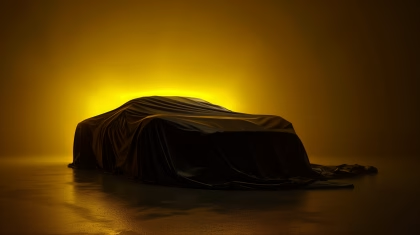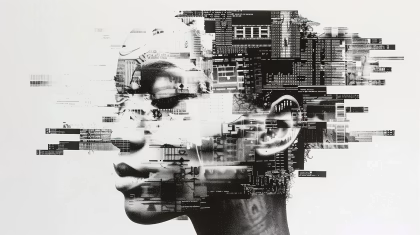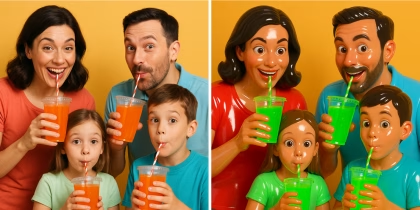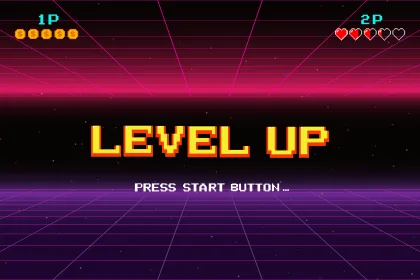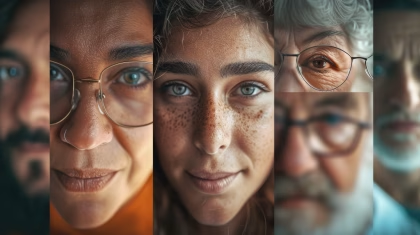Discover how to use nostalgia in marketing to evoke emotion, strengthen brand loyalty, and boost conversions. Learn the psychology, neuroscience, and strategies behind nostalgic advertising with real-world examples.
Table of Contents
- Introduction: The Emotional Pull of the Past
- The Psychology and Science Behind Nostalgia Marketing
- Why Nostalgia Works So Well in Modern Advertising
- How to Use Nostalgia in Commercials and Ads
- Measuring the Impact of Nostalgia Marketing
- Real-World Examples of Nostalgia Marketing
- FAQs About Nostalgia Marketing
- Using the Past to Shape the Future
Introduction: The Emotional Pull of the Past
“Ah! [Insert Formative Year Here] was the best! [Insert Band Name Here] were top of the charts and [Insert Childhood City/Town Here] had the best [Insert Favorite Season] in the country!”
Every person over 30 ever
Nostalgia has an undeniable power. It can transport us instantly – a scent, a song, or a logo can whisk us back to childhood, high school hallways, or simpler times. In marketing and advertising, that emotional lever is gold.
Leveraging it in marketing and content creation isn’t just a trendy tactic, it’s about building emotional bridges between brands and memories. When audiences feel a personal connection, they listen, remember, and act.
However, using it effectively requires both sensitivity and strategy. It’s not just about “throwing in vintage photos” or old jingles. This guide unpacks the psychology, neuroscience, tactics, generational nuances, risks, and measurable results of nostalgic marketing.
Whether you’re designing a campaign or fine-tuning your content calendar, this is your roadmap to wielding it thoughtfully and profitably.
The Psychology and Science Behind Nostalgia Marketing
What is it (and what it isn’t)
It is a bittersweet emotion, a longing for the past that’s idealized and emotionally charged. It’s not just yearning for “the good old days” – it’s selective, filtered, and deeply personal.
Researchers describe this as rosy retrospection, a cognitive bias that causes us to remember pleasant moments more vividly than negative ones. Unlike sentimentality, it connects memory to identity. You remember your first video game or favorite snack not just because of the item, but because of who you were when you experienced it.
In marketing, this intersection between memory and meaning is where true emotional resonance lies.
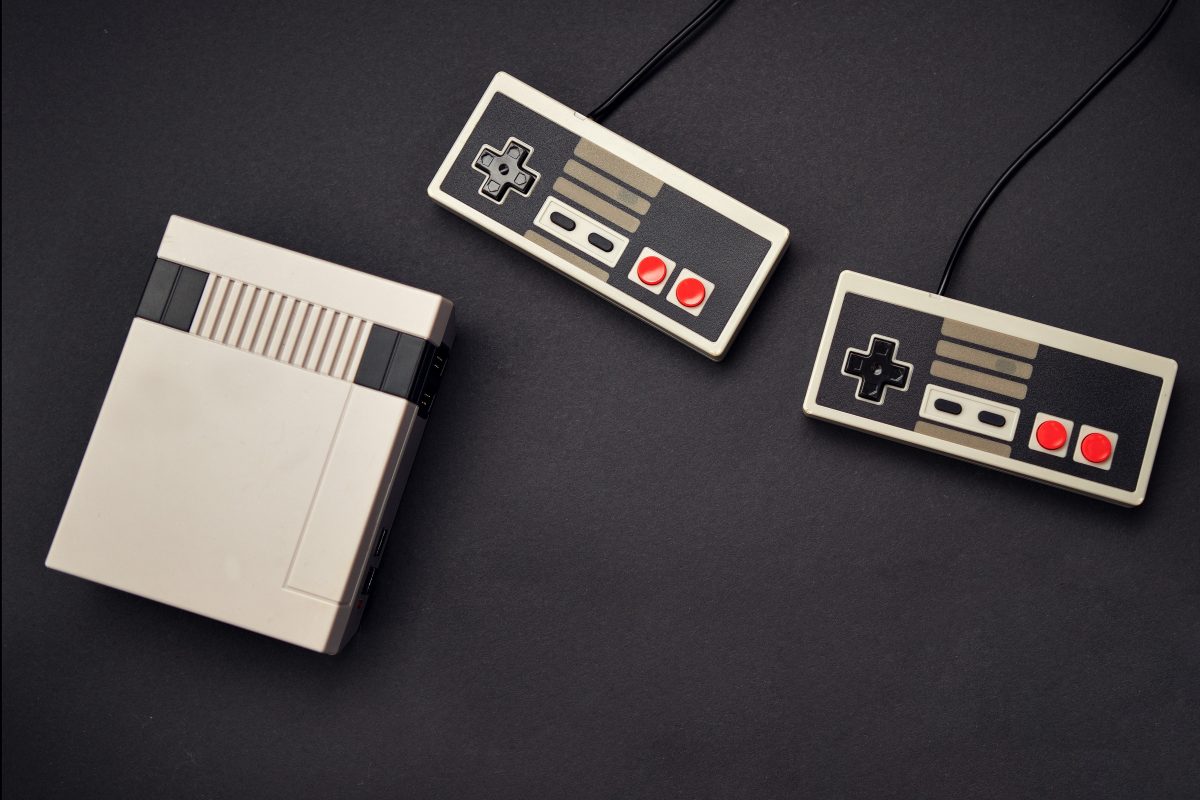
Memory, Rosiness, and Reconstructive Cognition
Human memory is reconstructive, not photographic. Every recall is colored by time and emotion. We don’t replay moments; we recreate them, often smoothing over negatives and amplifying positives.
According to consumer memory researcher Dr. Kathryn LaTour, this distortion can actually be shaped by marketers. Because our brains prioritize emotional essence over factual accuracy, nostalgic marketing can make the remembered experience even more idealized, but ethical balance is crucial.
When done authentically, nostalgia allows brands to create experiences that feel “better than remembered,” strengthening both trust and connection.
Nostalgia and emotional branding: the neuroscience
From a neuroscientific perspective, nostalgia activates the brain’s reward centers, releasing dopamine and oxytocin – chemicals linked to pleasure, trust, and social bonding.
This explains why it boosts feelings of belonging, comfort, and continuity, all of which reinforce brand loyalty. Studies show that nostalgic experiences can even increase willingness to spend and enhance purchase intention.
Simply put: nostalgia isn’t just sentimental; it’s neurologically rewarding and commercially powerful.
Why Nostalgia Works So Well in Modern Advertising
1. Emotional resonance and trust
Consumers respond to emotion more than logic. Ads that evoke familiar memories bypass skepticism, creating warmth and instant connection.
When brands reintroduce classic logos, jingles, or packaging, they signal reliability and authenticity, a feeling of “I remember this, I liked it, so I trust it.” In a world overflowing with new choices, nostalgia provides a shortcut to brand trust.

2. Social connectedness and belonging
Nostalgia often connects us to people, family, friends, cultural moments. Remembering watching Saturday morning cartoons or attending a first concert evokes shared experiences.
When brands tap into this, they foster community and collective identity. Nostalgic campaigns spark viral sharing because they invite consumers to belong – not just to a product, but to a memory they all share.
3. Increased willingness to pay and purchase intent
Nostalgia doesn’t just make people feel good – it drives action.
According to studies, nostalgic cues can increase spending as consumers seek emotional comfort. Other studies show nostalgia marketing boosts brand preference, loyalty, and perceived value.
Consumers are even willing to pay 10–15% more for a product that rekindles positive memories. That’s emotional economics in action.
How to Use Nostalgia in Commercials and Ads
Reintroduce Legacy Visuals and Storylines
Iconic visuals are memory triggers. Reintroducing classic logos, mascots, or taglines creates instant recognition and trust.
Many modern brands successfully merge old with new, for example, Pepsi’s retro can designs or Nike’s throwback campaigns that blend 1980s visuals with modern athletes.
This continuity reinforces a simple message: the brand evolves, but the promise remains.
Use Retro Music, Sound Design, and Pop Culture Cues
Sound is one of the strongest memory anchors. A 15-second jingle from the past can stir decades of emotion.
Ads can use vintage soundtracks, familiar jingles, or retro film filters (like 1980s VHS textures) to evoke instant recognition. Even small details, like using era-specific slang or typography, can build an emotional bridge between the past and present.
Authenticity matters: the nostalgic reference must align with the brand’s story, not feel forced or gimmicky.
Revisit Iconic Campaigns with a Modern Twist
Reimagining classic ads can bridge generations. For example, a cereal brand might recreate its famous 1990s commercial but feature the original actors as adults, now sharing that same cereal with their kids.
This strategy rewards loyal fans and invites new audiences to connect with a brand legacy that spans time.
Layer Emotional Storytelling with Universal Themes
The most successful ads don’t just look backward, they celebrate timeless values like family, friendship, belonging, and growth.
Ads showing milestones, first cars, family vacations, graduation moments, tap into universal emotional memory. The brand becomes more than a product; it becomes a companion through life’s chapters.
Measuring the Impact of Nostalgia Marketing
To ensure your campaign delivers ROI, track both emotional and behavioral metrics:
| Metric | Description | Example |
| Engagement Rate | Likes, shares, comments on nostalgic posts | 20% lift in engagement on “retro throwback” content |
| Brand Sentiment | Positive mentions and emotional tone | Improved sentiment score post-campaign |
| Repeat Purchase Intent | Returning customer growth | 12% higher among nostalgia ad viewers |
| Ad Recall | Memorability of nostalgic references | 1.8x higher recall rate than non-nostalgic ads |
Real-World Examples of Nostalgia Marketing
- Coca-Cola revived its 1980s “Share a Coke” style with names and personalization – merging old memories with modern relevance.
- Nintendo successfully reignited a millennial with the NES Classic Edition, selling millions.
craze - Spotify’s “Throwback Playlists” leverage personal music for daily engagement.
- Pepsi and Burger King both used retro packaging and logos to reconnect emotionally with their heritage audiences.
FAQs About Nostalgia Marketing
1. What is nostalgia marketing? It is a strategy that evokes positive memories from the past to create emotional connections and drive engagement with modern audiences.
2. Why is nostalgia so effective in advertising? Because it taps into deep emotional memory, fostering trust, belonging, and comfort, feelings that enhance brand loyalty and purchase intent.
3. Which generations respond best to nostalgia marketing? Millennials and Gen X tend to respond most strongly, but Gen Z also engages when it is presented through familiar digital formats like memes or TikTok trends.
4. What are the risks of using nostalgia? Overuse or inauthentic nostalgia can feel manipulative or alienating. Brands must ensure it aligns naturally with their identity and audience.
5. Can nostalgia marketing work for new brands? Yes, even new brands can reference broader cultural nostalgia (like 90s aesthetics) to build emotional familiarity.
6. How do you measure nostalgia marketing success? Track engagement metrics, brand sentiment, repeat purchase rates, and emotional resonance through surveys and social listening.
Using the Past to Shape the Future
Nostalgia isn’t about living in the past – it’s about using the emotional truth of memory to build modern connections.
When used with authenticity, empathy, and creativity, nostalgia transforms marketing from mere promotion into storytelling that feels personal. It reminds people not just of who they were, but of how your brand fits into that story.




